Disclosure: This article contains affiliate links. We may earn a commission from purchases at no extra cost to you, which helps our travel content.
The first time I drove through Nampa's rolling farmlands, I was struck by how the golden hour light transformed ordinary wheat fields into oceans of amber waves. Having grown up between San Bernardino's urban sprawl and my grandfather's Wyoming ranch, I've developed an eye for the quiet dignity of America's agricultural heartlands. Nampa, with its patchwork of small farms, horse properties, and distant mountain silhouettes, offers photographers an authentic slice of Western rural life that remains refreshingly unpretentious and visually compelling.
Finding Your Frames: Nampa's Photographic Sweet Spots
My relationship with plains landscapes began on my grandfather's Wyoming ranch, but Nampa's particular blend of agricultural patterns and distant mountain backdrops creates a unique visual language all its own. The area around Lake Lowell offers spectacular reflections at dawn, with mist often hovering just above the water's surface in summer months. For classic rural compositions, the farmlands along Greenhurst Road provide uninterrupted views of cultivated fields stretching toward the Owyhee Mountains.
One of my favorite discoveries was the network of canal roads running through Nampa's agricultural districts. These elevated pathways allow photographers to gain slightly higher vantage points—crucial when shooting across flat terrain. The difference of even three feet in elevation can dramatically transform your composition, separating foreground elements from background mountains.
Before heading out, I always plot my locations on my detailed topographic map, marking access points and potential compositions. Public access can be tricky in farming communities, so respect private property and seek permission when photographing near homes or working farms.
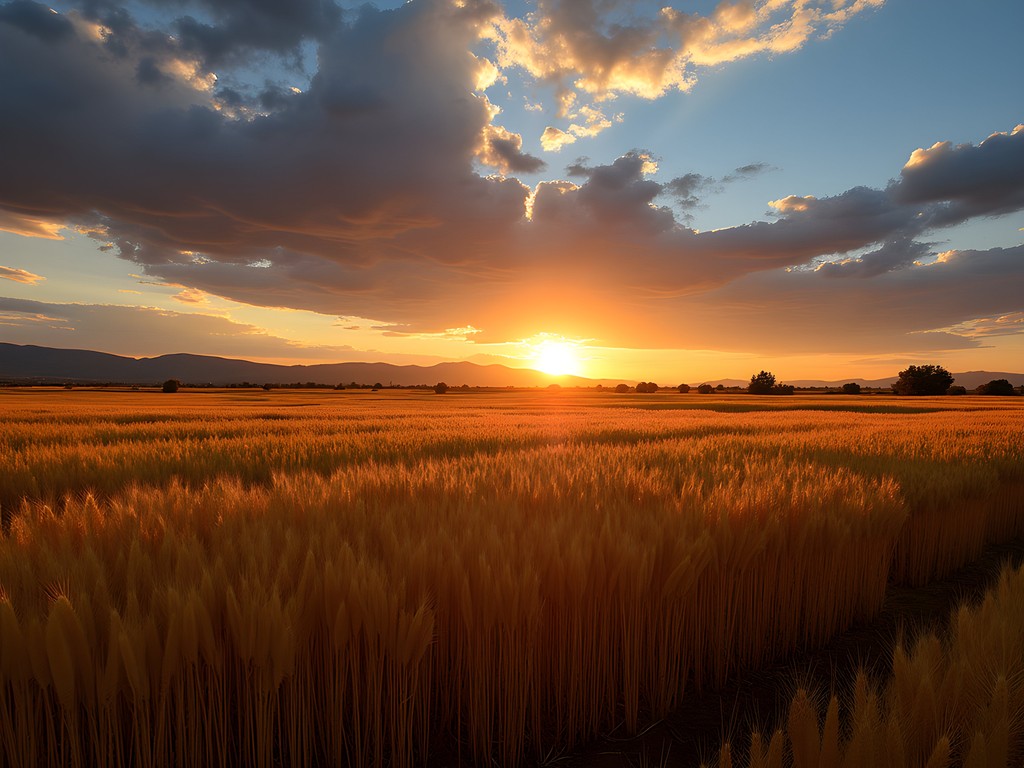
💡 Pro Tips
- Scout locations during midday, then return during golden hour for the best light
- Use canal roads for slightly elevated vantage points
- Always carry a polarizing filter to manage reflections and enhance cloud detail
Equine Idaho: Capturing Nampa's Horse Culture
My passion for documenting horse cultures across the world's grasslands found a welcoming home in Nampa. The area hosts numerous small ranches and equestrian facilities where the relationship between humans and horses continues to thrive. The Idaho Horse Park on Can-Ada Road offers scheduled events where you can photograph competitive riding, but I've found the most authentic moments happen at the smaller family ranches that dot the landscape.
For those seeking permission to photograph on private property, I've had success bringing small prints from previous visits as gifts—a gesture that demonstrates your serious artistic intent. My portable photo printer has been invaluable for creating these impromptu thank-you gifts.
When photographing horses, patience is everything. I typically spend the first 30 minutes just observing, letting the animals become accustomed to my presence. Use a longer lens (70-200mm range) to maintain distance while capturing intimate moments. The connection between rider and horse tells a story that transcends the merely pictorial—it speaks to the continuing legacy of Western agricultural traditions.
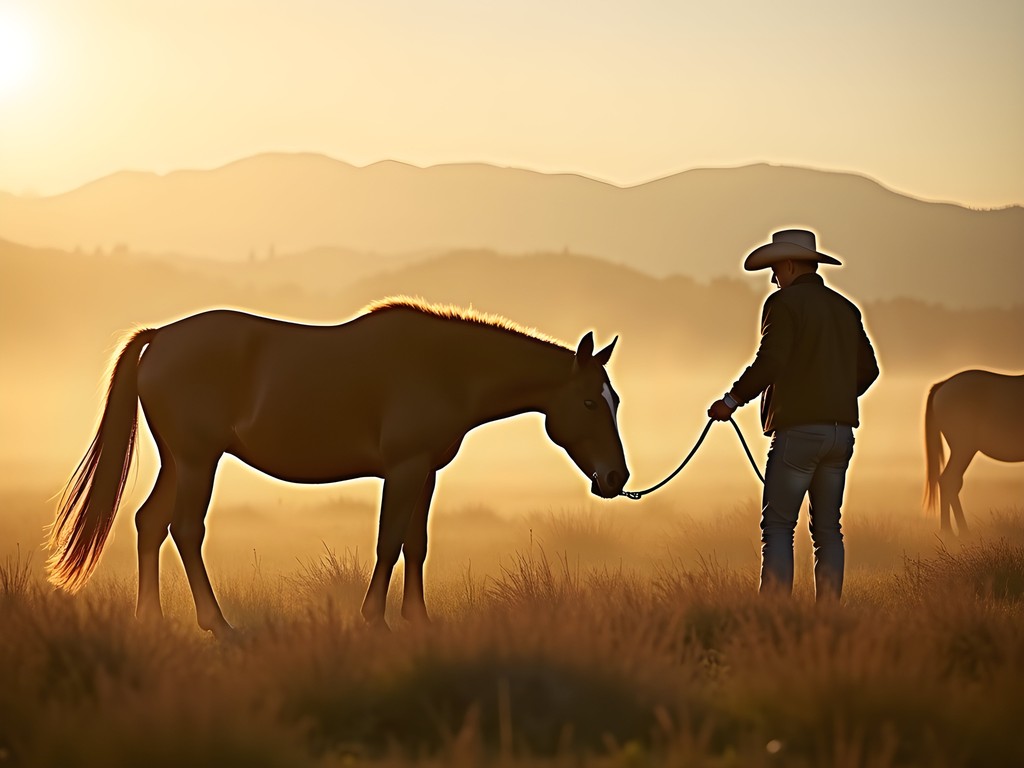
💡 Pro Tips
- Visit the Idaho Horse Park for scheduled events
- Bring printed photos as gifts when seeking permission to photograph on private ranches
- Use early morning light for the most flattering equine portraits
Light and Time: Mastering Nampa's Photographic Calendar
As a plains photographer, I've learned that timing is everything. Nampa's summer offers extended golden hours, with the best light occurring between 7:30-9:00 PM in June and July. The region's relatively dry climate means clear skies are common, which can create harsh midday light but spectacular conditions at dawn and dusk.
I track weather patterns obsessively before my trips, looking specifically for days when passing frontal systems might create dramatic cloud formations. My go-to weather app is PhotoPills, which combines weather forecasting with sun/moon positioning tools essential for landscape photography.
During summer months, afternoon thunderstorms sometimes develop over the Owyhee Mountains, creating dramatic backdrops for rural scenes. These storms typically build around 3-4 PM and can provide spectacular light conditions as sunlight breaks through cloud formations. The contrast between stormy skies and sunlit fields creates the kind of dramatic lighting conditions that transform good photographs into memorable ones.
Don't overlook Nampa's night photography potential. The agricultural areas outside town offer relatively dark skies where you can capture the Milky Way arching over barns and silos. For night work, I always bring my headlamp with its red-light mode that preserves night vision while allowing me to adjust camera settings.
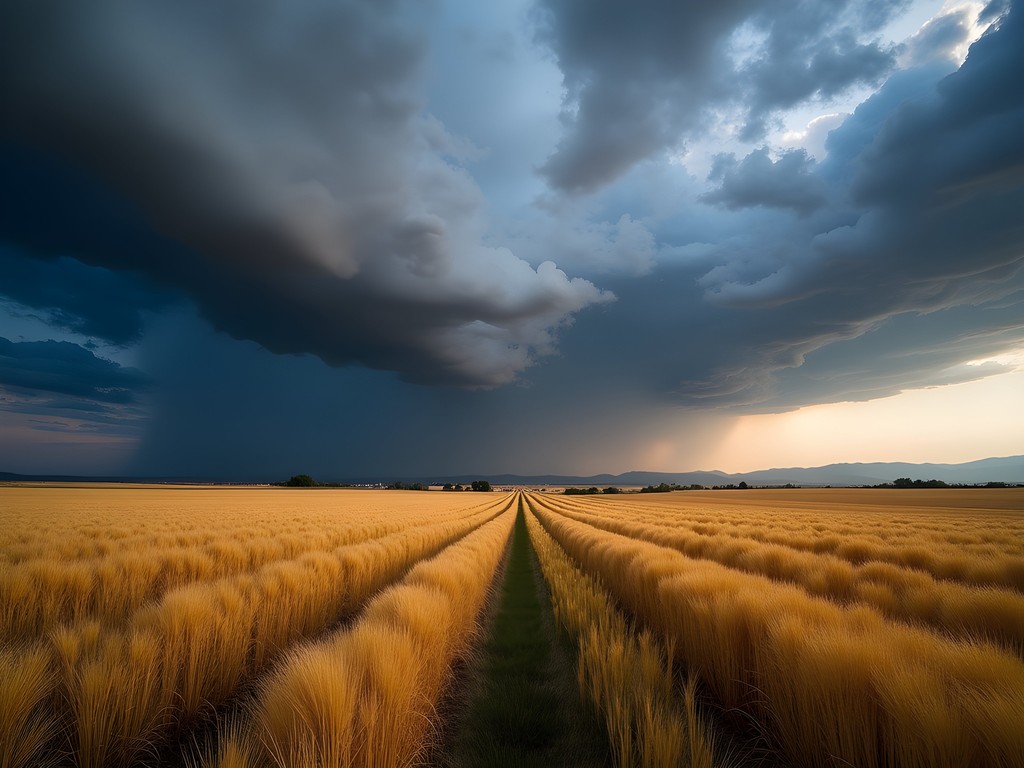
💡 Pro Tips
- Use apps like PhotoPills to predict exactly where the sun will set relative to your composition
- Visit during seasonal transitions (May-June or September) for more dramatic weather patterns
- Bring graduated neutral density filters to balance bright skies with darker foregrounds
Essential Gear for Nampa's Rural Landscapes
My photography kit has evolved through years of documenting plains landscapes across multiple continents. For Nampa's wide-open spaces, I prioritize versatility and protection from the elements.
A sturdy tripod is non-negotiable—plains photography often requires longer exposures during golden hour, and the area's frequent breezes can introduce camera shake. I protect my gear from Nampa's occasional dust with a camera rain cover which works equally well for dust protection in dry conditions.
The region's dramatic skies benefit from polarizing and graduated neutral density filters. My filter system allows me to balance exposure between bright skies and darker foregrounds—crucial for capturing the full dynamic range of Nampa's landscapes.
Comfortable footwear is essential as you'll be covering considerable ground. My waterproof hiking boots have protected my feet through irrigation ditches and morning dew-soaked fields alike.
Don't underestimate Nampa's summer sun—the combination of elevation and clear skies can lead to severe sunburn. I never photograph without my wide-brimmed hat which provides crucial face and neck protection during long days in the field.
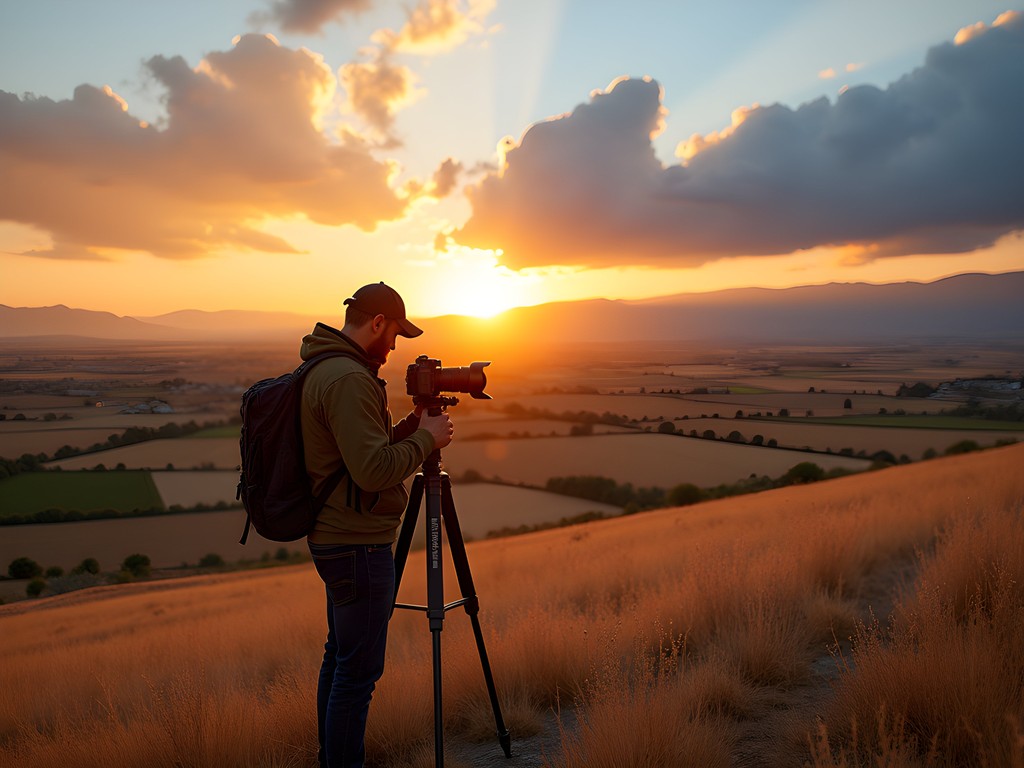
💡 Pro Tips
- Bring multiple batteries—rural locations offer few charging opportunities
- Use a lens hood to prevent flare when shooting toward the rising or setting sun
- Pack a microfiber cloth to clean lenses—agricultural areas can be dusty
Connecting with Local Culture
My background as a caregiver has taught me that the most meaningful photographs emerge from genuine connections with people and places. Nampa's agricultural community is generally welcoming but appreciates respect for their privacy and property.
The Nampa Farmers Market (Saturdays, April through September) offers a perfect entry point for connecting with local producers. I've found that purchasing produce and expressing genuine interest in farming practices often leads to invitations to photograph private properties.
Local diners and coffee shops serve as informal community hubs where relationships form naturally. The field notebook I carry helps me document these connections—noting names, property locations, and permission details.
When photographing people, I always offer to share digital copies or prints. This reciprocity builds goodwill and opens doors for future visits. Some of my most compelling Nampa portraits emerged from relationships cultivated over multiple trips, where initial wariness transformed into collaborative artistic partnerships.
Remember that agricultural communities operate on different schedules than urban areas. Respecting early morning work routines and understanding seasonal demands demonstrates cultural sensitivity that residents appreciate.
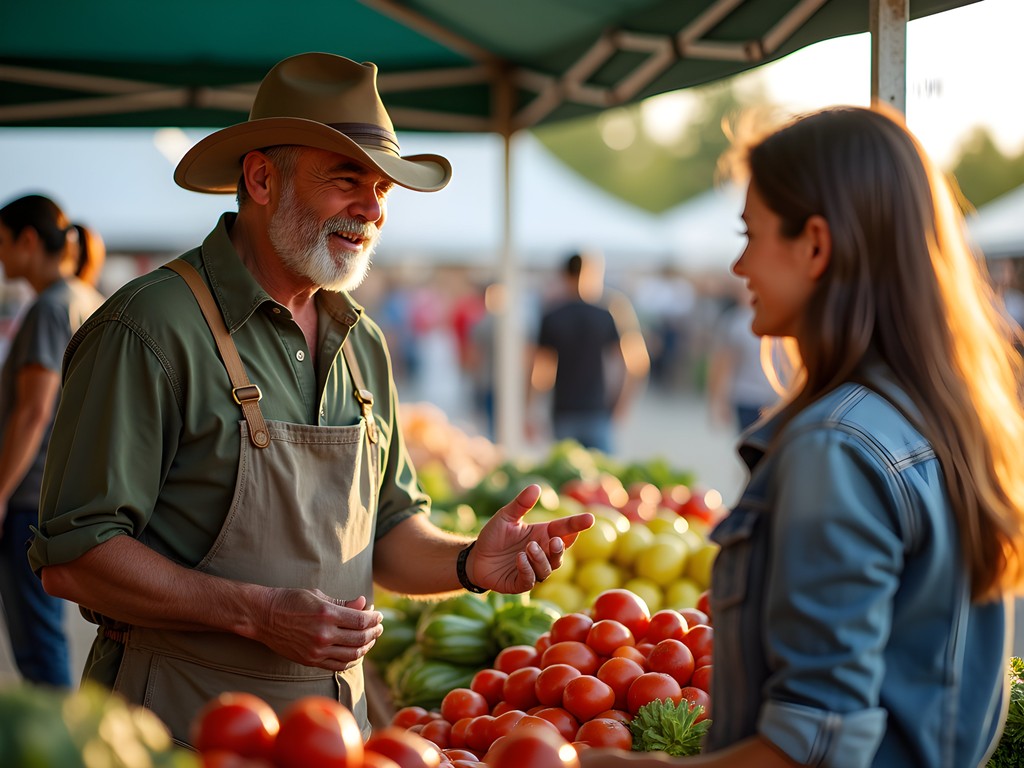
💡 Pro Tips
- Visit the Nampa Farmers Market to connect with local agricultural producers
- Respect farm work schedules—avoid peak activity times unless specifically invited
- Learn basic agricultural terminology to communicate effectively with farmers and ranchers
Final Thoughts
As I pack my gear after a final sunset shoot along the Deer Flat National Wildlife Refuge, I'm struck by how Nampa's landscapes embody the essence of what first drew me to plains photography—the interplay of vast skies, human cultivation, and the enduring relationship between people and horses. These rural Idaho scenes may lack the dramatic mountains of Montana or the celebrity status of Kentucky's bluegrass region, but their quiet authenticity offers photographers something increasingly rare: unfiltered access to America's agricultural heartland.
Whether you're capturing the geometric patterns of irrigation circles from elevated viewpoints, documenting the quiet moments between ranchers and their horses, or chasing dramatic storm light across wheat fields, Nampa rewards photographers who slow down and attune themselves to the rhythms of rural life. The images you'll create here won't just be beautiful landscapes—they'll be visual testaments to a way of life that continues to shape our national identity despite rapid urbanization elsewhere. Pack your gear, respect the land and its people, and prepare to capture the soul of Idaho one frame at a time.
✨ Key Takeaways
- Golden hour in Nampa creates exceptional lighting conditions for plains photography
- Building relationships with local agricultural producers opens doors to private properties
- The area's horse culture offers unique documentary photography opportunities
- Weather patterns in summer can create dramatic backdrops for rural scenes
- Respect for private property and agricultural schedules is essential
📋 Practical Information
Best Time to Visit
May through September, with June offering longest daylight hours
Budget Estimate
$200-$400 for a weekend (lodging, food, transportation)
Recommended Duration
2-3 days minimum
Difficulty Level
Moderate
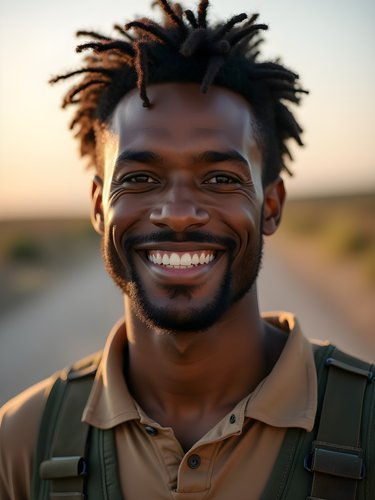

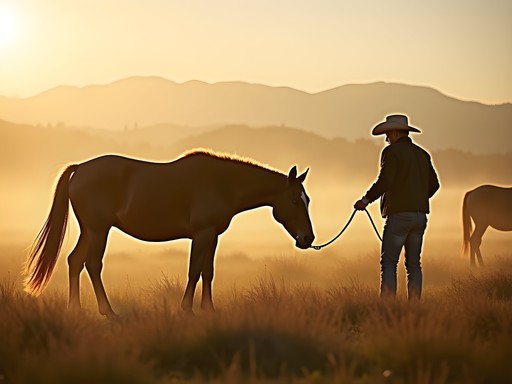
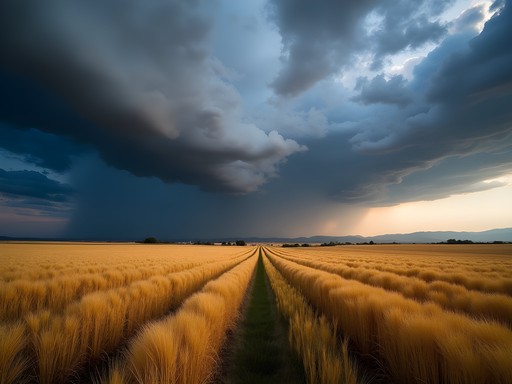
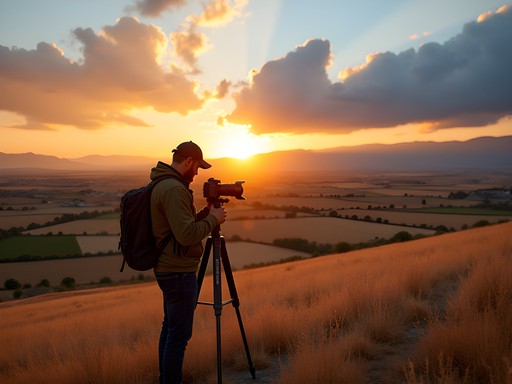
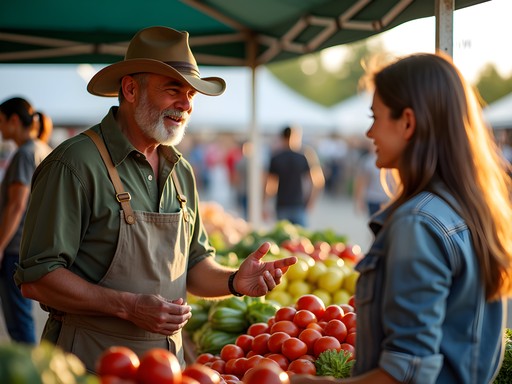


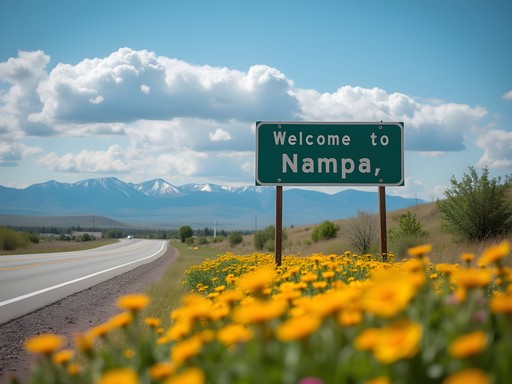
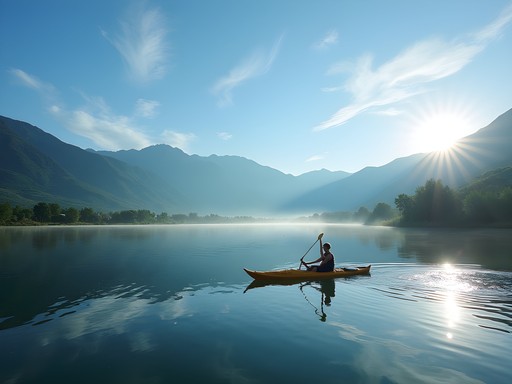


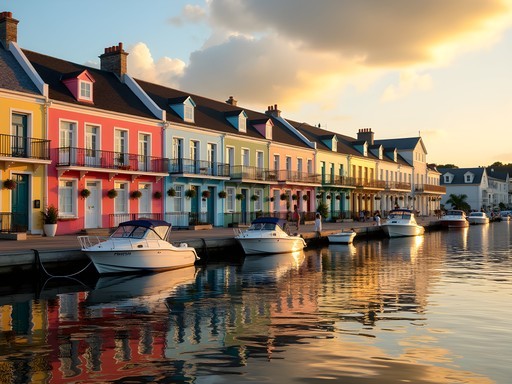
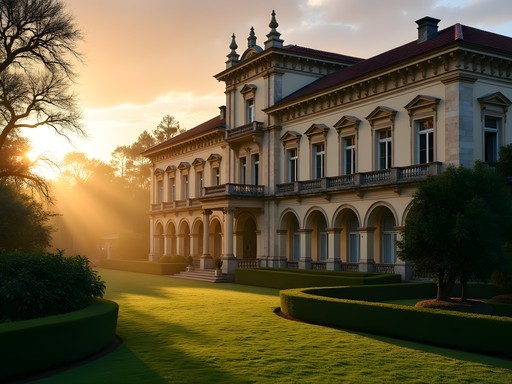


Comments
coolperson7086
OMG these photos are INCREDIBLE!!! I never would have thought Idaho could look this magical!! Adding Nampa to my bucket list right now!! Those horse silhouettes against the sunset are EVERYTHING!! 😍📸✨
Preston Campbell
Thanks for the enthusiasm! Idaho definitely deserves more recognition for its photographic potential. Hope you make it there soon!
luckydiver
Your horse culture photos are incredible! Those silhouettes against the sunset are frame-worthy.
IdahoNative
Born and raised in Nampa and you've captured our little corner of Idaho beautifully! The shot of the old Miller barn brought back so many memories.
vacationbackpacker
Just got back from Nampa and used this guide - spot on about the Lake Lowell sunset shots! One tip: bring bug spray if you're shooting near water in the evenings. The mosquitoes were relentless but the photos were worth it.
Taylor Moreau
Preston, your article couldn't have come at a better time. I've got a business trip to Boise next month and was planning to extend my stay to photograph some Idaho landscapes. Your section on Nampa's horse culture particularly resonated with me - I've been documenting rural equestrian life in various countries for years. The way you captured the relationship between the land and its agricultural heritage reminds me of what I've seen in parts of rural England, though with that distinctly American western character. I'll certainly be visiting some of your recommended spots at Lake Lowell. Do you find the winter light creates interesting opportunities there as well? I'll be visiting in November and wondering if the shorter days might actually work to my advantage.
Preston Campbell
Taylor, you're in for a treat in November! The winter light in Nampa is phenomenal - lower sun angles all day create this beautiful directional light that really defines the rolling contours of the farmland. The morning frost on the fields adds another dimension too. Just be prepared for cold mornings if you're shooting sunrise - temperatures can dip well below freezing that time of year.
Claire Hawkins
Preston, your guide brought back wonderful memories! I visited Nampa with my family last summer and was mesmerized by those wheat fields you described. My 7-year-old daughter actually took her first "real" photos there with my beginner camera - the landscapes were so inspiring even for a child. We found the locals incredibly welcoming too - one farmer actually invited us onto his property for better angles of his historic barn. I'd recommend visitors also check out the small country roads between Nampa and Caldwell around sunset - the silhouettes of farm equipment against the orange sky created some of our favorite shots from the trip.
coolperson7086
That's so cool about your daughter! Starting photography young is awesome. Did you need any special permission to photograph on private farmland?
Claire Hawkins
In our experience, just being friendly and asking politely worked wonders! Most farmers were happy to let us shoot as long as we respected their property. Some even suggested the best spots!
adventurediver
I'm just getting into landscape photography and planning a trip to Idaho next month. What lens would you recommend for those wide open farmland shots? I have a basic DSLR with the kit lens but willing to invest in something better for this trip!
Taylor Moreau
Not the author, but I photograph similar landscapes in the UK countryside. For those expansive rural scenes, you can't go wrong with a good wide-angle lens. I use the wide angle on crop sensor cameras and it's brilliant for capturing those vast wheat fields while keeping everything sharp. The polarizing filter Preston mentions is absolutely essential too - makes those Idaho skies pop!
adventurediver
Thanks Taylor! That's really helpful. I'll look into that lens. Did you find it works well for sunrise/sunset shots too?
Taylor Moreau
Absolutely! Wide angle is perfect for those dramatic sunrise/sunset shots with colorful skies. Just be mindful of flare when shooting directly into the sun.
bluehero
Wow Preston, your shots of those wheat fields at golden hour are breathtaking! I spent a weekend in Nampa last year but didn't venture much beyond the downtown area. Clearly I missed out! Your tip about visiting Deer Flat Wildlife Refuge is gold - adding it to my list for when I drive through Idaho again this fall. Did you have any issues with property access when photographing those beautiful barns?
Preston Campbell
Thanks @bluehero! For the barns, I always ask permission when they're on private property. Most local farmers are super friendly if you explain you're a photographer. The red barn in the article is actually visible from Karcher Road, so no trespassing needed for that one!
bluehero
Good to know! I'm always nervous about approaching property owners but sounds like Nampa folks are welcoming. Can't wait to try some of these spots.
wildrider
Those horse photos are incredible! Need to visit Nampa ASAP.
Gregory Boyd
Fantastic guide, Preston. I spent three weeks photographing Idaho's landscapes last autumn and found Nampa's rural charm absolutely captivating. Your point about the light quality in October is spot-on - the way it filters through the harvested fields creates this dimensional quality that's hard to capture elsewhere. I'd add that the morning fog along the Snake River tributaries creates some ethereal opportunities for minimalist compositions. Did you explore much along the irrigation canals? Found some stunning reflections there at dawn.
Venture X
Premium card with 2X miles, $300 travel credit, Priority Pass